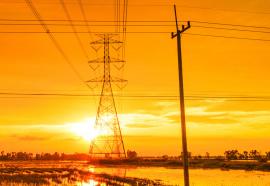Finding Common Ground on Energy Efficiency
Policy recommendations for utilities and regulators.
It’s the downright cheapest way of mitigating greenhouse gas emissions. Yet it’s mired from state to state in battles over definitions, principles, and parameters. Herein a collection of recommended policy positions to break the impasse over energy efficiency.











